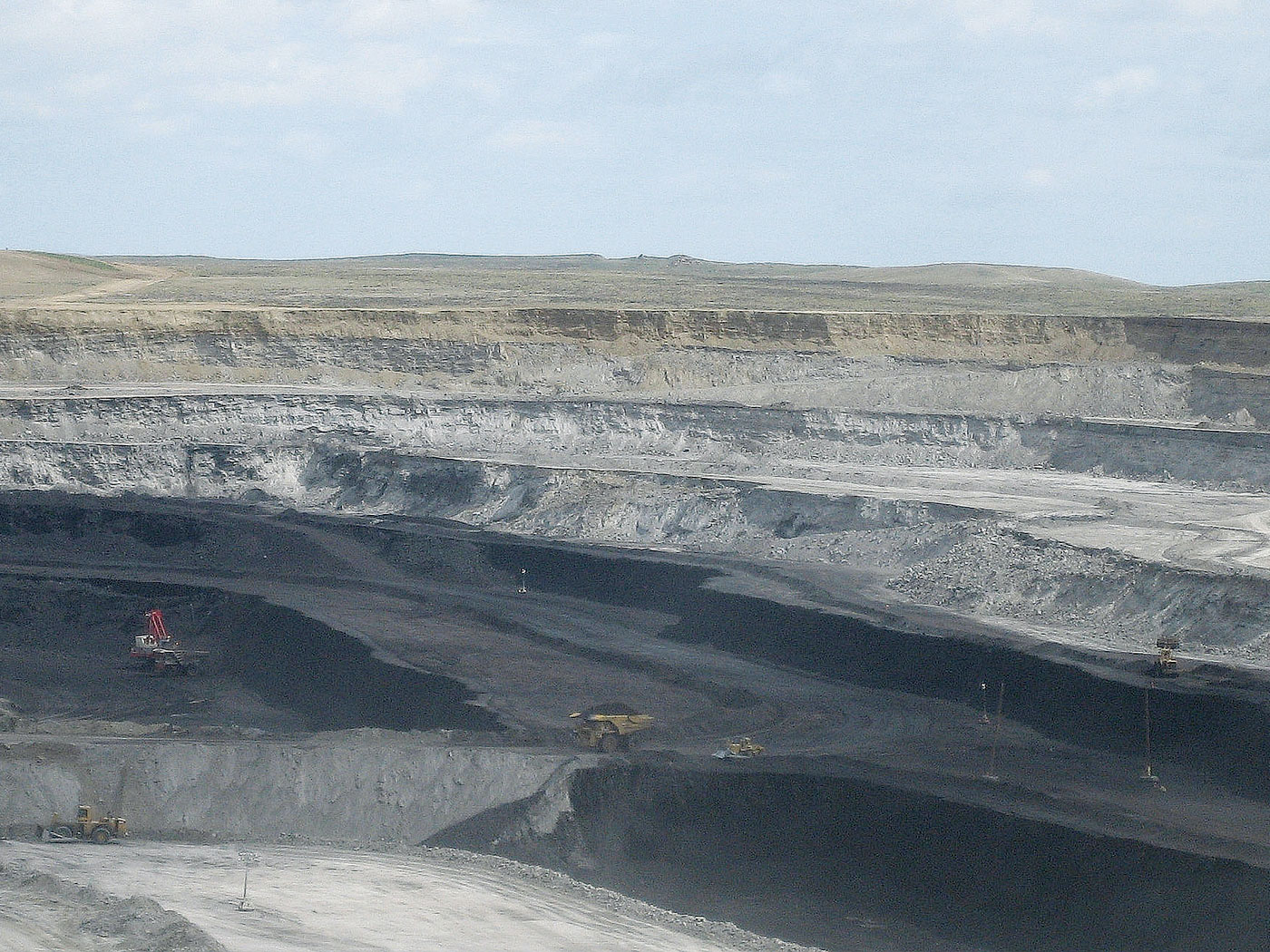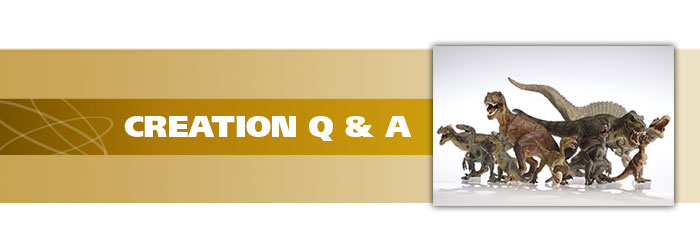A fascinating new book, Defending Evolution (Boston: Jones and Bartlett, 2001, 261 pp.), is highly recommended by such eminent evolutionists as Ernst Mayr and Stephen J. Gould. Evolutionary spokesperson Eugenie C. Scott, Director of the National Center for Science Education, says in a jacket blurb that it "should be on every teacher's bookshelf."
The authors are Brian J. Alters, Ph.D., and Sandra M. Alters, Ph.D. Their advice is directed especially toward science instructors in public schools who (they imply) are being bombarded with questions and objections by creationist students and their parents. Both authors have seemingly studied creationist writings extensively. They incorporate reference to three books by Phil Johnson, three by Duane Gish, three by Ken Ham, six books and five articles by John Morris, and nine books and four articles by Henry Morris. Ten ICR and three AiG articles (anonymous) are also referenced.
Their defense of evolution, however, fails. Their reason for writing such a book is that: ". . . students often leave science courses holding the same misconceptions about evolution as when they entered them . . ." (p. 185). They also note that: "The results of various polls concerning people's acceptance or rejection of evolution generally report close to a 50% rejection rate," despite the fact that the people so polled "have been educated in U.S. schools that use non-creationist science curricula" (pp. 5,6).
The Alters-Alters book will not "alter" this situation very much, for it focuses almost exclusively on defending microevolution (what creationists call adaptive variation), whereas it is only macroevolution that creationists reject in the first place. Essentially only three pages of the book (pp. 117-119) are devoted to defending macroevolution, and the concluding sentence of this section simply complains that it is "unreasonable" to expect observational evidence of macroevolution, since this does not follow the "normal procedures used in historical science research."
That is true, of course, but then why call it science? Modern evolutionary scientists have defined science to include the origin of everything, without any contribution by God. They call this the (philosophical) "rule" of "methodological naturalism" (p. 58). It could just as well be called atheism, and is really a religion to be accepted on faith.
Alters and Alters do mention briefly the many gaps in the fossil record, but minimize this evidence by citing the Gould/Eldredge theory of stasis and punctuated equilibrium (for which, of course, the only evidence is the gaps!) and then stating that there is really an "abundance of intermediary fossils, including land mammals to cetaceans, reptiles to mammals, dinosaurs to birds, and primitive hominids to Homo sapiens" (p. 92).
They do not give their readers any of this "abundant evidence," however, finding it easier to discuss examples of microevolution throughout the book. They surely must know that creationists (and even some evolutionists) have shown in detail that these alleged intermediaries are not transitional forms at all. Furthermore, if macroevolution were really true, there should be literally hundreds of series of such intermediate forms in the fossil record.
In this particular section the authors also raise the old canard that creationists are always quoting evolutionary writings "out of context" (p. 91). As usual, however, they do not cite any specific examples of an out-of-context quote.
Creationists often stress the second law of thermodynamics, or the entropy principle, as a very strong evidence against macroevolution, and have given abundant evidence in support of this position. Alters and Alters devote just one paragraph to answering this argument.
Here is the essence of their answer. "(Of course, the earth is not a closed system but gets vast energy inputs from the sun. Even the surface of the primitive earth had many energy sources that could have been available for organic synthesis . . .)" (p. 101). The fact is that the various energy sources they cite—solar radiation, lightning, meteorite impacts, radioactivity, volcanoes, and cosmic rays are destructive forces, not constructive. In the absence of both a pre-imposed directing program and complex integrative mechanism (neither of which naturalistic evolution could have), they would never synthesize organisms or increase their complexity; instead they would disintegrate any they encountered!
They do consider briefly the modern "intelligent design" movement, but it fares little better than "young-earth creationism" in their evaluation. "To be sure," they say, "most intelligent design advocates and many progressives say they are not creationists and avoid discussions of any pertinent theological positions they may hold" (p. 45), arguing only that some kind of "intelligence" must have been behind the long evolutionary process. However, Alters and Alters note that the I.D. spokesmen accept the geological ages as real history, but do not explain why "approximately everything that the Intelligent Designer designed quickly died out—the design was insufficient for survival" (p. 121). At the same time, the authors' chief reason for rejecting it merely seems to be that "intelligent design proponents fail to publish in the scientific literature" (p. 123). I.D. writers have published numerous evidences of intelligent design in their own books, but the evolutionary establishment is bound by the chains of "methodological naturalism" and will not allow them in establishment publications.
The authors Alters devote most of their attention, of course, not to defending evolution, but to criticizing creation (both Biblical and scientific). They note repeatedly that many seminary and college professors are not Biblical literalists, and that this fact should convince their questioning students that they really don't need to believe in literal creation to believe in God and be religious. The authors also list belief in literal creation as in the same category as belief in the virgin birth and bodily resurrection of the Lord Jesus (p. 41). To them (as to us), belief in recent creation by Christ and the resurrection of Christ naturally go together. They also seem to understand the gospel and the desire of true creationists to see people get "saved" through faith in Christ's death for their sins (p. 171). They are accurate in what they say here although they don't believe it themselves.
Alters and Alters urge teachers to stress the "staggering amount of evidence supporting evolution," but they don't give any of it. Instead, they recommend having students "conduct a search of scientific journal articles, books, and research conferences on the subject" (p. 117). What they will find there, of course, is a staggering amount of evidence of microevolution (actually variation) and speculation about macroevolution. They also recommend having students develop their own just-so-stories as to how cheetahs evolved the ability to run fast and how bats learned how to fly (p. 181).
These authors do grudgingly admit that there is "a very small number of practicing scientists" who are young-earth creationists and then they recommend that evolutionists should not try to debate them (pp. 31, 167-170).
Actually there are thousands of scientists who are young-earth creationists. The book never mentions the Creation Research Society, which has had over a thousand scientists in its membership. There are numerous other such organizations in this country and around the world. Most of the founding fathers of modern science were creationists.
Their rationale as to why evolutionists usually lose debates is that they have to use "extremely oversimplified reasoning, data presentation and rhetoric" in the limited time available (p. 168). The creationist response is that we are the ones who need more time; the evolutionists have already had the entire curriculum from elementary school through college with which to indoctrinate the audience with their evidence, whereas the creationist debater has only this one hour.
To review this entire book in these three pages is impossible, when practically every page needs help. On the other hand, Defending Evolution does deserve commendation for easy readability, acquaintance with many creationist books, articles and public meetings, and especially for a more irenic attitude than most other anti-creation books display. It also has an excellent index and many worthwhile suggestions for classroom projects and discussion.
In closing, since the authors' purpose is to defend evolutionism, perhaps I could offer a practical suggestion. If evolutionists really are convinced that evolution is a scientific fact, "as highly corroborated as the notions of gravity or a round earth that rotates on its axis traveling around the sun" (p. 159), then they surely must have better evidences than have been presented in this book.
I would, therefore, suggest that the sure way to defeat creationism would be to show firm proof of a few complete transitional series from one family of higher animals to another—say, of some dinosaur to a bird, or cow to whale, or some specific reptile to some specific mammal, etc. I do not mean, of course, one or two very questionable specimens, but real step-by-step series that clearly document the respective transitions from one kind to a higher kind on the evolutionary tree.
Since macro-evolution is claimed to be an absolute fact of science, then surely there must be hundreds of such series somewhere. Even one really good series would probably suffice.
So there's the challenge, if evolutionists want to really defend evolution! The evidence so far is not very good. That's why there are now thousands of creationist scientists who, like this writer, used to be evolutionists.
References
- Henry M. Morris, That You Might Believe (Chicago: Good Books, Inc., 1946), pp. 48,49.
- Jeffrey H. Schwartz, Sudden Origins (New York: John Wiley, 1999), p. 300.
- Elliott Sober, Philosophy of Biology (2nd Edition: Boulder, Colorado, Westview Press, 2000), p 2.
- Sean B. Carroll, "The Big Picture" Nature (Volume 409. February 8, 2001), p. 668.
- Paul R. Ehrlich, Human Natures (Washington, D.C. Shearwater Books, 2000) p. 46.
- Steven M. Stanley, Macroevolution: Pattern and Process (San Francisco: W. H. Freeman and Co., 1979), p. 187.
- Richard Lewontin, The Triple Helix (Cambridge, Massachusetts: Harvard University Press, 2000), p. 91.
- Andrew P. Hendry, John F. Wenburg, Paul Bentzen, Eric C. Volk, and Thomas P. Quinn, "Rapid Evolution of Reproductive Isolation in the Wild: Evidence from Introduced Salmon" Science (Volume 290, October 20, 2000), p. 516.











